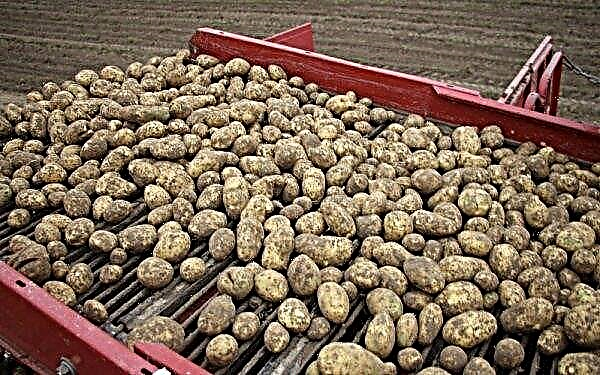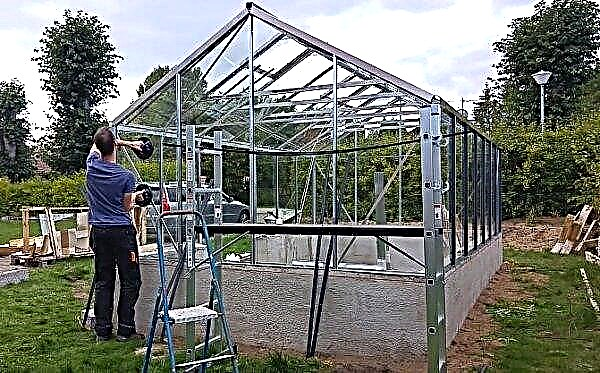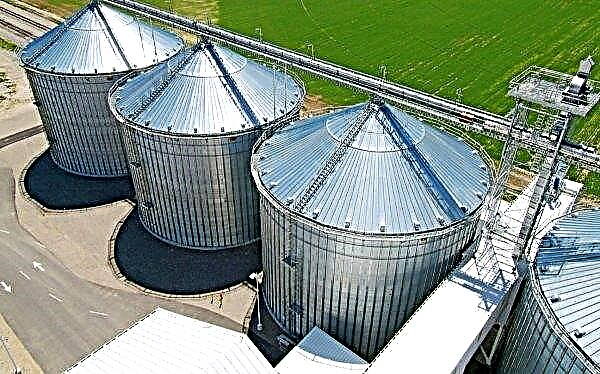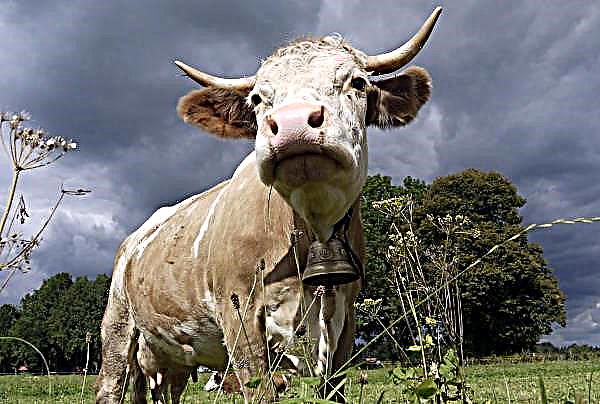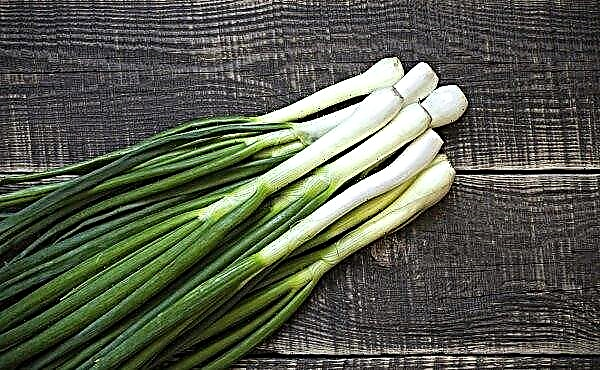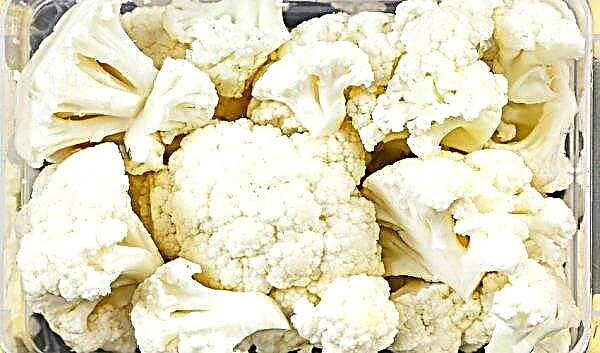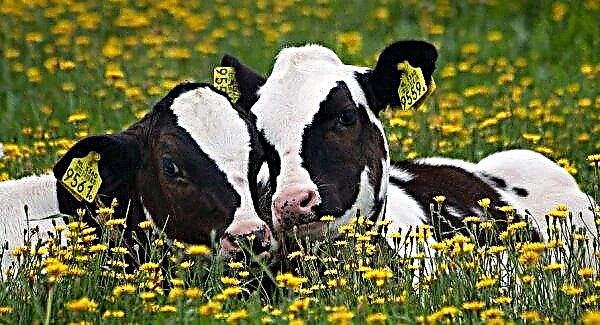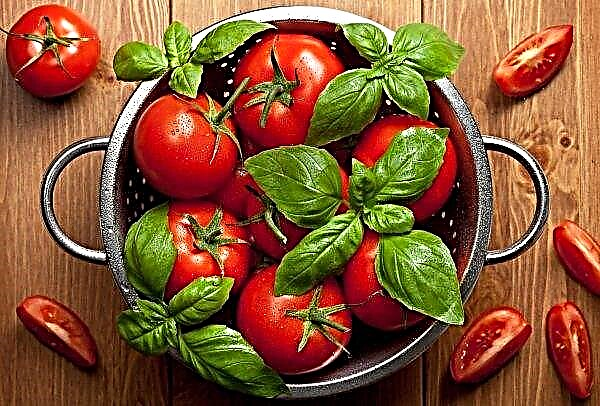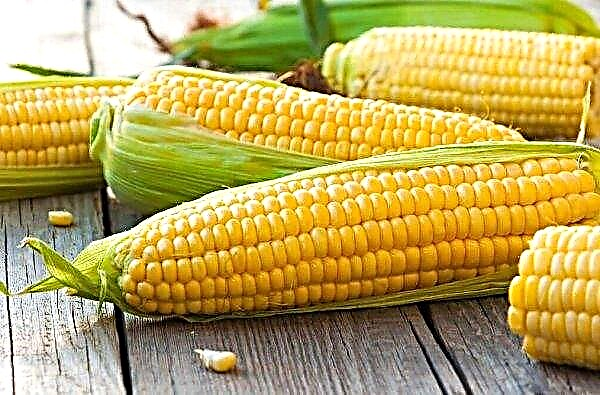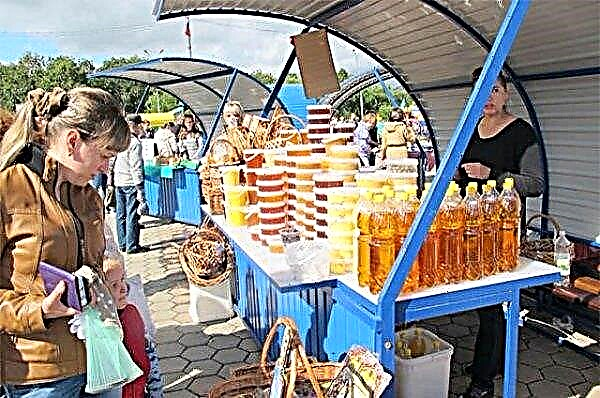Most gardeners only grow onions during the warm season, avoiding winter sowing of seeds. Nevertheless, this is not such a useless exercise as it might seem, the main thing is to choose the correct variety of autumn vegetables, the time for sowing planting material, adhere to the planting scheme and the rules for further care. At any stage of cultivation of onion sevka, there are peculiarities that will be discussed in this article.
Why should you plant winter onions?
The pre-winter planting of winter-hardy onion varieties guarantees an early and fairly abundant harvest, which are the main reasons for performing planting work in the cold season.
- Among the additional benefits are the following:
- relative time saving and leisurelyness in all performed actions (in the autumn period there are much fewer garden worries than in the warm season);
- early germination period (on average, winter vegetables germinate 2-3 weeks earlier than spring ones, which means that after harvesting you still have time to plant other cultivated plants on the same site);
- the lack of small bow shooting (oats), which cannot be said about large bulbs, which should be planted moderately (though if you are interested in early greens, then you should pay attention to the last option);
- the almost complete absence of pests and diseases, in particular the popular onion flies, gray rot, powdery mildew (due to this there is no need for constant loosening of the soil and removal of weeds);
- abundant and high-quality harvest (the size of the bulbs during winter planting will be slightly larger than during spring planting);
- increased indicators of durability (varieties with small onions are best preserved, though large ones preserve their basic characteristics much better than spring ones).
Did you know? The largest bulb, listed in the Guinness Book of Records, weighs 8,490 g, and at the widest point has a girth of 81 cm. The record gardener in this case is the 49-year-old resident of the county of Leicestershire (England) Tony Glover.
The best winter varieties of onion sets for planting
Seeds for winter planting should be selected very carefully, be sure to take into account the winter hardiness of the variety and the climatic conditions of a particular region. The best option would be not just frost-resistant onions, but an early ripe plant, which is more likely to bring you an early harvest. If you cannot decide on a specific option, you can sow several suitable varieties at once, in the future to determine which one is the most successful for your locality.
Typically, for the regions of the middle climatic band, the following varietal variations of winter onions will be appropriate:
- Ruby - Gives a harvest already 85 days after germination, due to which it is considered a precocious variety. Under good growing conditions, at least 3 kg of purple, dense bulbs can be collected from 1 m². It can be laid for long-term storage and has a universal purpose.
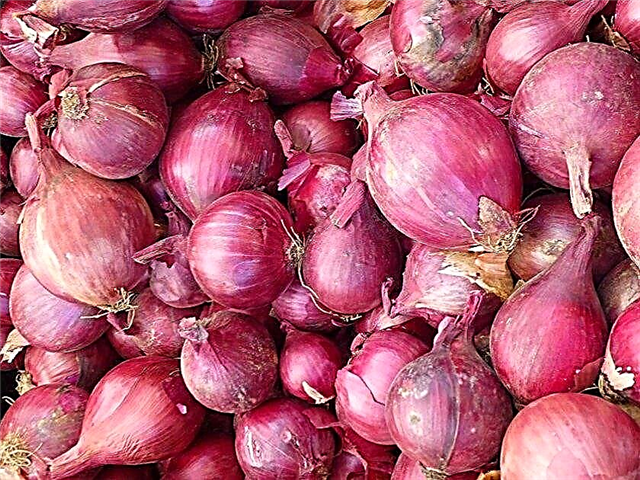
- Black onion. It got its name due to the very black color of the seeds, which can be sown even in frozen soil at the end of November or at the beginning of December (it is better to arrange furrows for sowing in advance, while the soil still lends itself well to cultivation). Bulbs - light color, small size.
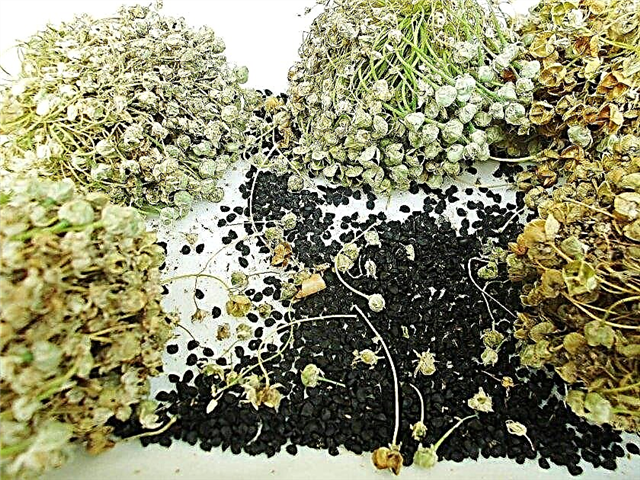
- Siberian annual. The first crop can be harvested already 70 days after the emergence of young shoots, so this variety can also be attributed to the group of early ripening varieties of winter onions. It is perfect for connoisseurs of greenery, because in this case it grows very lush and juicy. Bulb yield usually does not exceed 4 kg per 1 m², but all of them have a yellowish color and a semi-sharp taste.

- Shakespeare - An excellent winter variety of large-fruited onions (the weight of each bulb often reaches 100 g). In comparison with others, this plant can be considered one of the most frost-resistant, since it is able to tolerate temperature drops to -18 ° C, and in the presence of snow, lower values. It takes about 75 days for the bulbs to fully ripen, after the first shoots appear. All bulbs are round, with white and juicy pulp, which tastes medium sharp, not sharp. Covering flakes of sevka are very dense, due to which the plant withstands such significant lowering of ambient temperatures.
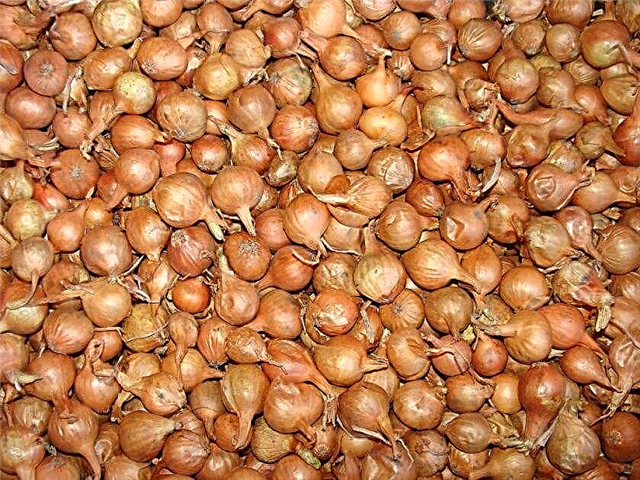
- Radar - a sharp variety with excellent crop characteristics. The bulbs are covered with golden scales and on average reach a weight of 150 g each, although under good growing conditions these figures can exceed 250-300 g. Like the other varieties presented, Radar can withstand temperatures below -15 ° C and below.
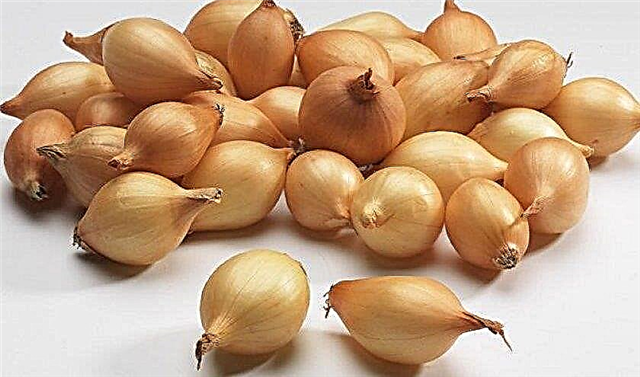
- Sturon - characterized by an early ripening of ellipsoidal bulbs, which are covered with golden outer and slightly greenish inner integumentary scales (they all mature in 60–70 days). The shelf life of such onions is also impressive: in suitable conditions it can exceed 8 months.

- Stuttgart Riesen - a variety with light yellow bulbs that have a slightly flattened shape. Depending on the specific cultivation conditions, medium-sized fruits of 120–130 g each or very large specimens of 150–170 g can be obtained. From 1 m² of plantations usually receive about 3.5 kg of onions, but this is not a chapel, because a lot depends on proper care of the culture.
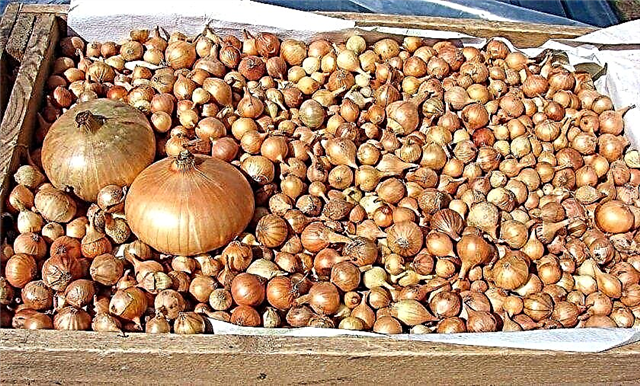
- Centurion - A variety with rounded and slightly elongated bulbs that can be stored in the cellar for about 8 months, without loss of taste. The average weight of such bulbs is 110–160 g, and from 1 m² you can get up to 4 kg of the crop.
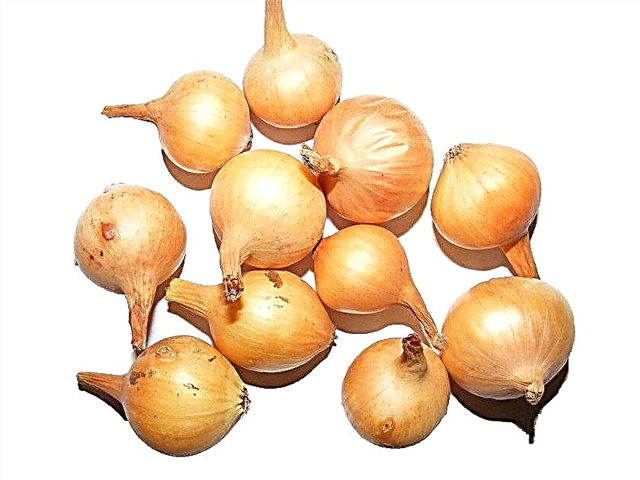
- Senshui - high-quality Japanese onion variety, medium-late ripening period. Plants are able to withstand temperature drops to -15 ° C, without loss of marketability and taste characteristics. With good care from 1 m², up to 5 kg of the crop is harvested. Collected round-flat or slightly elongated bulbs can be stored for up to six months.
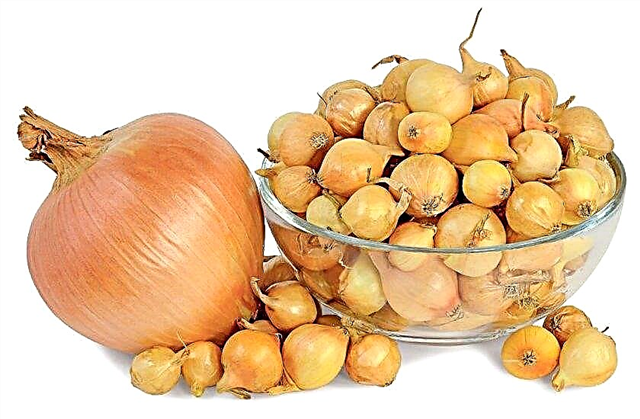
When to plant onions in the fall before winter?
Most often, the best time to sow winter onions is November, but more accurate dates depend on weather conditions and the individual characteristics of a particular climatic region. In order not to be mistaken in this matter, focus on the air temperature and weather forecast: if the values of the thermometer have dropped to + 5 ° C and kept there for some time, and weather forecasters promise the first frosts only after two weeks - it's time to get planting material.
Important! Whatever variety you choose, before planting the seed material it is important to check the expiration date of the product, conduct its selection and appropriate seed treatment, because only in this way you will be able to get really high-quality onions.
In this case, the main task is to leave enough time for the plant to root, but at the same time to prevent germination before frosty days. If this happens, then the young bow will simply die, and all the work will be in vain. If you have already planted winter garlic, then you can calculate the time suitable for onions based on the timing of sowing this crop.
Planting onion sets in autumn before winter
Cultivation of onion sets begins with the selection of a suitable site and the selection of the ideal planting material, after which it will be necessary to concentrate all forces on the very process of sowing the bulbs and further care for them. Consider all these steps more closely.
Choosing a place and preparing the garden
Even the highest quality onion seed can only produce a good crop in a substrate that is optimally suitable for growth. Given the presence of a weak root system of culture, for it you need to select loose and sufficiently nutritious soils, with a good drainage system. It is good if it is a humus-sandy substrate on a site located on the south-west or south side.

Thus, you will protect young plants from cold gusts of wind, which in winter can be fatal even for frost-resistant varieties of onions. To increase the fertility of the earth, humus (5-6 kg), potassium salt (15 g) and superphosphate (25 g) can be used. This amount will be enough for 1 m² of territory. Also, an additive in the form of wood ash (10 g per 1 m²) will not be superfluous, but it must be applied immediately before placing the bulbs.
Important! Fresh manure is not suitable for soil fertilization, as it contributes to the development of various diseases and, if not sufficiently mixed with the soil, can leave burns on plants.
Crop rotation rules
Precursor plants are important to consider when planting any crop, including winter onions. Depletion of soil after them can adversely affect the speed of growth and development of bulbs, as a result of which it will not be possible to obtain the most abundant crop.

Good plants, the forerunner of onion sets are:
- corn;
- peas;
- cereal (except oats);
- Tomatoes
- root crops;
- legumes.
Bulb preparation and processing before planting
After the selection and appropriate preparation of beds for onions, it's time to move on to the preplant treatment of seed material. First of all, arrange the bulbs in size: large specimens are suitable for growing crops on greens, and small ones are preferably used on turnips, albeit of medium size. Preparatory activities can begin about 10 days before planting the plants in the soil, and when sorting the bulbs, do not cut their neck so that they do not go into the feather.

The next preparatory stage will be the disinfection of seed material with a weak solution of potassium permanganate, in which it is placed for at least 6 hours. Instead of potassium permanganate, you can use a salt solution, to create which in 1 liter of water you need to dissolve 1 tbsp. a spoonful of salt. In this case, the residence time of the bulbs in the liquid should not exceed 3 hours, after which it is still advisable to dip them into potassium permanganate.
Upon completion of processing, all planting material needs to be well dried, and often this process takes 7-10 days. Before placing the harvested onion in the soil, it is necessary to inspect and discard damaged specimens again.Important! For uniform drying of the onions and the prevention of putrefactive processes, during drying, they need to be regularly turned over, avoiding laying in one place.
Technology and landing pattern
The preparation of the site before planting winter onions involves the same steps as when planting in spring: first, the soil is dug up on a bayonet shovel, humus, mineral fertilizers and wood ash are added (the amount per 1 m² was indicated above). At the next stage, the soil should be well leveled and grooves should be made, with a depth of about 2-3 cm, where bulbs will be placed.

Between adjacent specimens should be left at least 6–7 cm, and between rows to save 15–20 cm of free space. This arrangement of planting material guarantees sufficient space for the development of each planted bulb, vertically recessed into the ground, slightly pressing with fingers on all sides and sprinkling with soil.
It is not necessary to plant onions in the grooves. An acceptable option is a square-nest landing method, with the same layout. In any case, the final stage of work will be watering the plantations and covering them with a mulching layer so that the substrate remains slightly moist until the frosts, and the bulbs themselves are not affected by it. When the temperature drops to minus values, the earth should be almost dry, otherwise the planted bulbs will freeze.
Important! The rate of planting of onion sets depends on its size and the chosen layout. For example, when growing a small buckwheat per 1 acre, you need at least 350 g of planting material, while large bulbs should have at least 2.5–3 kg (sometimes more).
Care for onion sets after planting
After-planting care for planted winter onions begins with mulching the beds before the first frosts. As mulch, you can use sawdust or peat laid on the surface of the soil with a two- or three-centimeter layer. With the right task, you can protect the onions from winter cold, while maintaining sufficient soil moisture. With the arrival of the first spring heat, the shelter must be removed, otherwise the soil will not be able to warm up to the desired values and young sprouts will not grow.

If the winter is not snowy, you will have to add an additional layer of snow to the beds with onions, which serves as a kind of fur coat for plants. Stagnant water is destructive for onions and leads to the soaking of planted onions, so with the arrival of heat, shelter is raked.
There are no additional requirements for winter care, but when spring temperatures rise and the first shoots appear, if necessary, you can thin out the beds and loosen them slightly (only carefully so as not to pull out the onions). The green mass of the pulled onions can be used as food, leaving the remaining bulbs to increase the growth of greens.
Did you know? The unpleasant onion odor from the mouth can be easily eliminated with a few parsley leaves or toasted walnuts, and to reduce the intensity of its manifestation, it is not recommended to eat the green middle of the onions, since it affects the appearance of a pungent odor.
Harvesting and storage
The onion set planted in autumn must necessarily take root before the frost and do not go into the feather. The temperature of the topsoil during this period often reaches +2 ... + 4 ° С. With the advent of spring, you can remove a certain number of bulbs and use them for food, leaving the bulk of the plants on their heads.
After drying of the aerial parts (usually in late spring or early summer), they can be dug up, and a full harvest is carried out until the beginning of August. The harvested crop is laid out in a thin layer on the bed and dried well under sunlight, removing the upper leaves.
In the future, the bulbs can be moved to a cooler storage, with temperatures + 10 ... + 18 ° С. Dry wooden boxes or cardboard boxes can be used as containers for storage, but always with a sufficient number of holes for filtering. If there is no basement, you can add the crop in the coolest room at home, with a minimum level of humidity.
As you can see, preparing and planting the onion sets on the site is not a very difficult task, although it has its own secrets, but whether it is worth doing winter planting, each gardener decides on his own. Winter onions are often planted in order to obtain an earlier harvest, and for this reason alone, due attention should be paid to this process.










